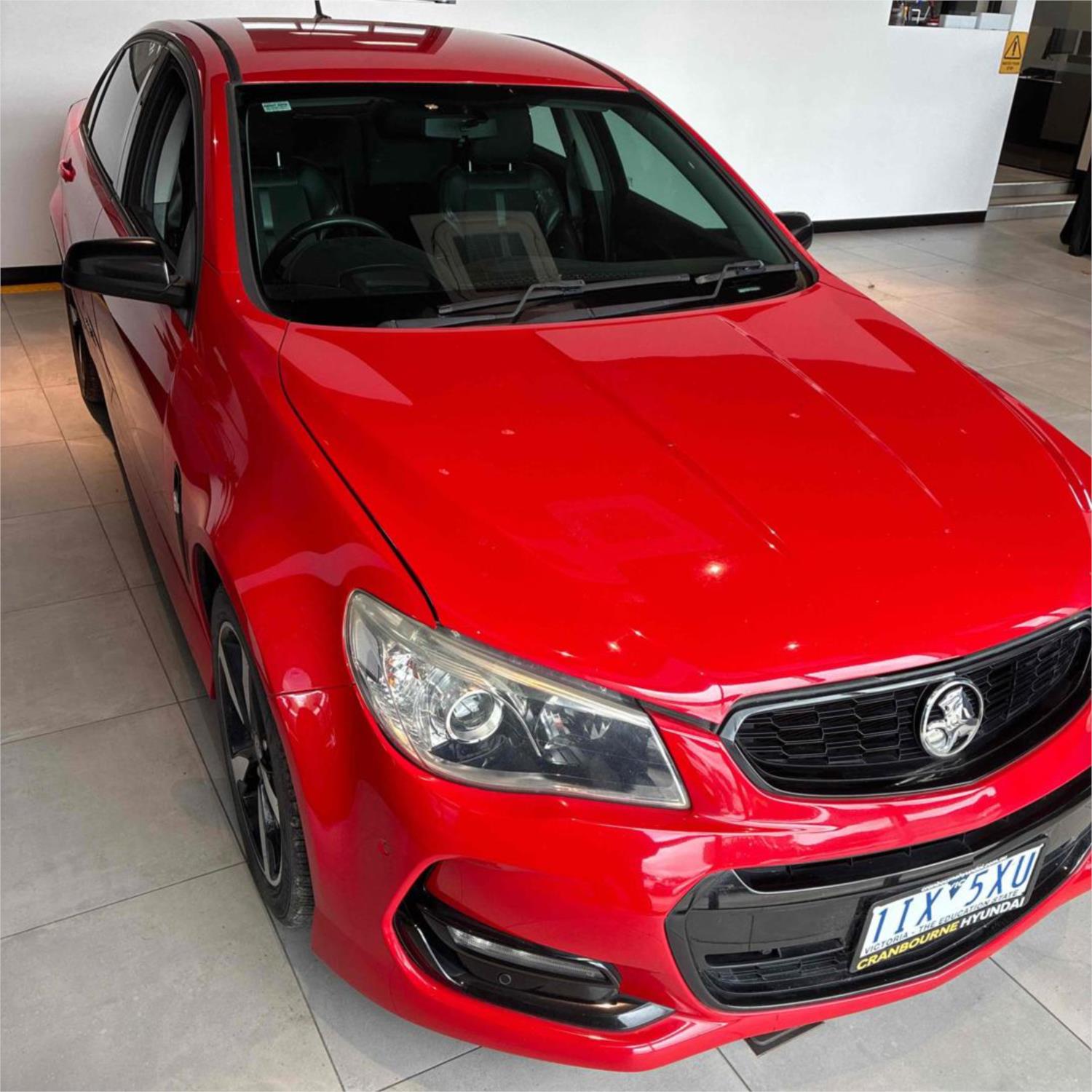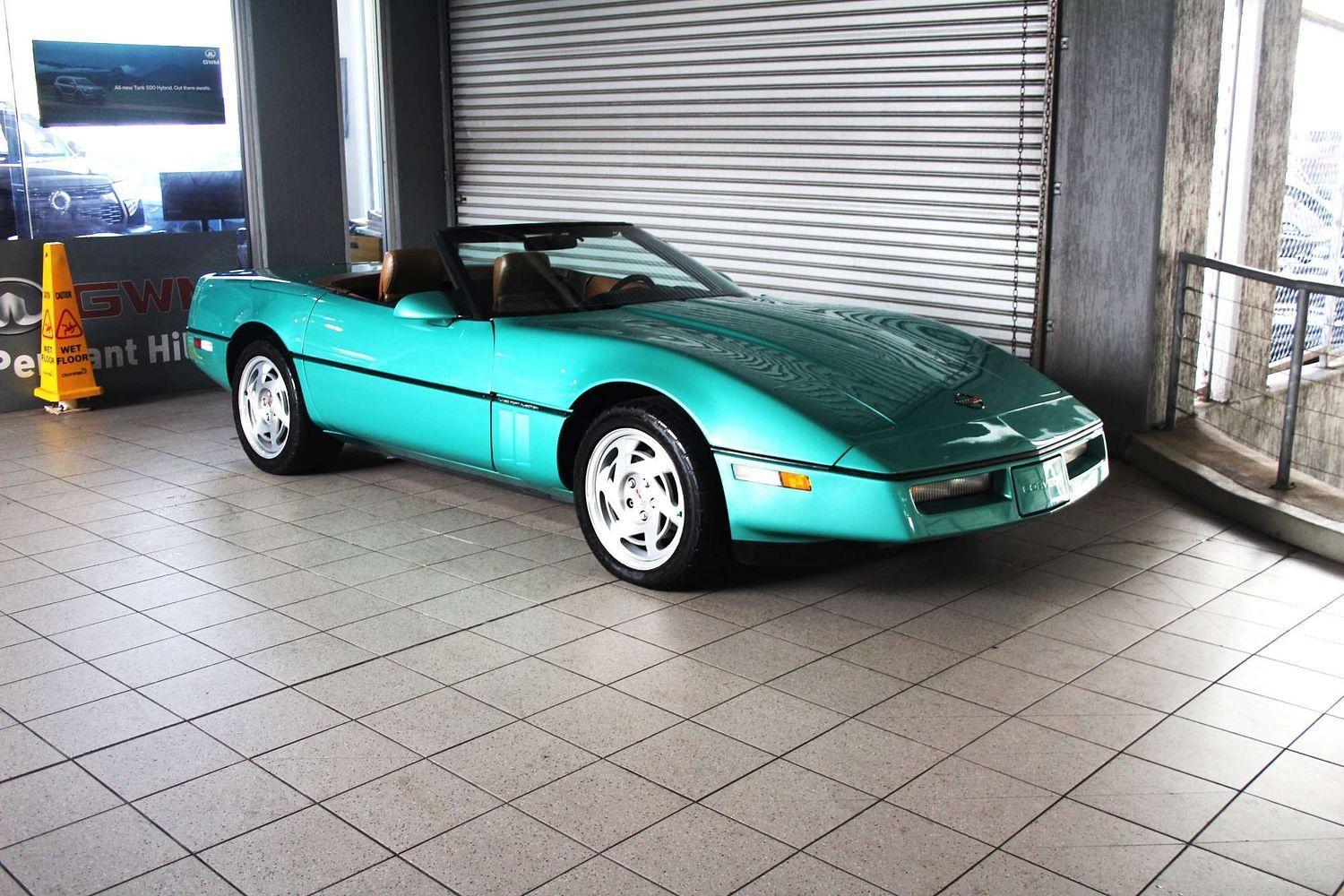FHI celebrate 60 year milestone in 2013
After World War II, Nakajima Aircraft was reorganized as "Fuji Sangyo Co. Ltd". Fuji Sangyo was divided into 12 separate companies in 1950. On July 15 of 1953, five of those companies merged to form "Fuji Heavy Industries Ltd".
Five years later, in 1958, the first true Subaru car - the 360 - appeared. Debuting the same year as FHI's first Japan-made "T-1" jet trainer, the 360 was in the Japan-specific 'kei' class, which restricted its engine capacity in order to be legal for urban Japanese roads.
Initially limited to no more than 150cc, by the time the 360 arrived, that maximum had been increased to 360cc, hence the Subaru's name and engine capacity.
In 1966, FHI released the Subaru 1000, Japan's first mass-produced front-engine, front-wheel drive car. The long-serving and successful Leone, Japan's first mass-produced all-wheel-drive passenger car, followed in 1971. The Subaru Legacy (Liberty in Australia), which led the wagon boom in Japan, was another success for FHI/Subaru when it hit world markets in 1990.
Of course, for most Aussies, the Subaru era started with the high-performance, rally-winning Impreza, which debuted in 1993, making a massive impact with performance car enthusiasts around the globe soon after.
Away from Subaru's technological advances, FHI's competence has been passed on in its non-automotive businesses too. The aerospace business is recognized for its expertise in unmanned aircraft systems and participation in international joint development of commercial airplanes, while the industrial product business has been offering general-purpose engines and other engine-driven products worldwide.
Through its 60 years, FHI has been earning trust and support from customers for its commitment to engineering excellence - the source of functionality, safety and reliability of its products.


Images: Fuji Heavy Industries/Subaru and JUST BIKES













